Sailing from Australia to New Zealand (time, route, tips)
Most long distance cruisers in the South Pacific sail from east to west, passing through (or past) New Zealand and on to Australia. But a great many sailors want to come back the other way, from Australia to New Zealand.
So what is the best way to sail from Australia to New Zealand, when should you go, and how long should it take? There are several routes you can take, and they're all around 1,200 nautical miles. Depending on your boat speed and conditions, this trip is typically one to two weeks long, and the most popular time to make this trip is during the southern hemisphere summer (November through May).
Of course, there's a lot more to planning the trip, like where to leave from, what weather patterns to search for, and what conditions to prepare for. Read on for more details you need to consider.
Key takeaways:
- Departure: 'South is better'- as far south as Tasmania
- Arrival: North Island (Opua, Whangarei, Auckland, Tauranga) or South Island (Picton, Lyttleton)
- When: November to March (mid-summer) - lightest winds in Dec - Jan.

Where Should I Depart?
New Zealand is pretty far to the South. Cape Reinga, the northernmost point in New Zealand, is further south than Sydney. And to make it to a Port of Entry for small craft you'll have to sail another hundred miles south from Cape Reinga to get to Opua or down to South Island.
So the general guideline is "south is better," and people routinely sail from as far south as Tasmania. You can leave as far north as Brisbane, but if you leave from any further north you will do better to sail south along the Australian coast to at least Brisbane before turning east for New Zealand. Once you've done that, you might as well stop to provision and clear out of Brisbane, the Gold Coast, or other points south after waiting for the best weather window.
Over 100 million years ago, New Zealand was part of the super-landmass "Gondwana," which included Australia and Antarctica. It separated off some 80 million years ago and began moving away from Australia. But the tilt of the islands and the coast line of Australia are on a similar angle, so the coasts are roughly the same distance apart in New South Wales no matter where you leave from!
The Australian coast is very, very long. If you haven't sailed along it, it's easy to underestimate it until you start plotting routes or actually moving down the coastline. But due to geological history of New Zealand and Australia, the distance from one to the other along the coast of New South Wales is about 1,200 miles no matter where you depart. From Brisbane, the distance to Opua is closer to 1,500 miles since you're farther north.
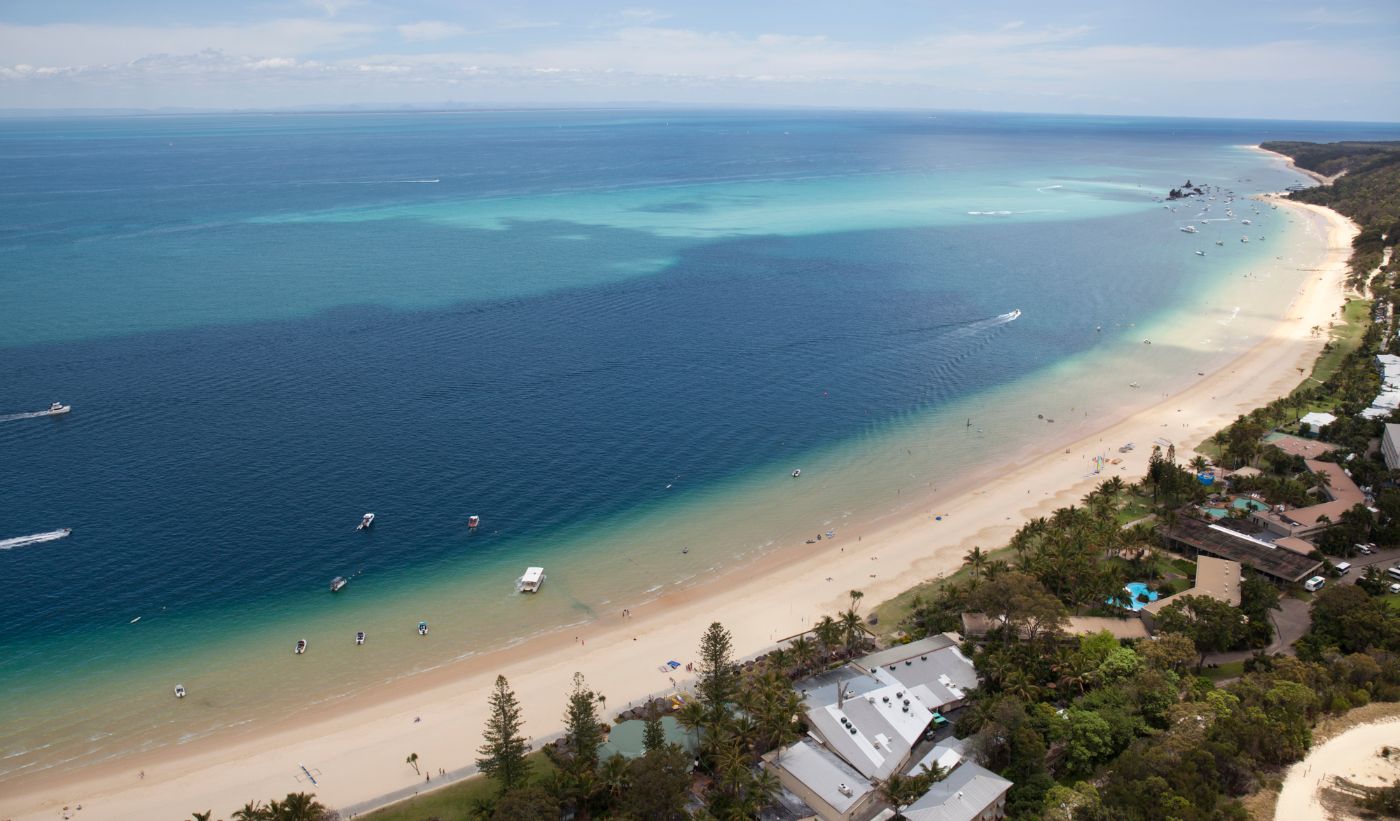
Where Should I Arrive?
Two factors affect where you should try to make landfall in New Zealand - geography, and New Zealand customs and immigration laws.
There are no legal ports of entry for small craft anywhere on the west coast of New Zealand, which forces you to sail past the west coast to one of the ports of entry on the east coast or on South Island. Small craft can try to make special arrangement for other points of entry, but you need a compelling reason. New Zealand bio-security is very rigorous, and the ports of entry for small craft are located where they can be pulled from the water for cleaning and inspection if needed.
If you are headed to North Island, your options for entry are Opua in the Bay of Islands, Whangarei, Auckland, and Tauranga. South Island entry ports are Picton and Lyttleton (Christchurch). When you are coming from Australia, Opua is the first arrival port in North Island, and Picton is the easiest on South Island.
No matter where you plan to clear in, you will need to inform the New Zealand authorities of your intended arrival and at which port you plan to arrive at least forty-eight hours before arrival. They will have officials ready meet you close to your arrival time, and will be in contact with you when you are close to your destination.
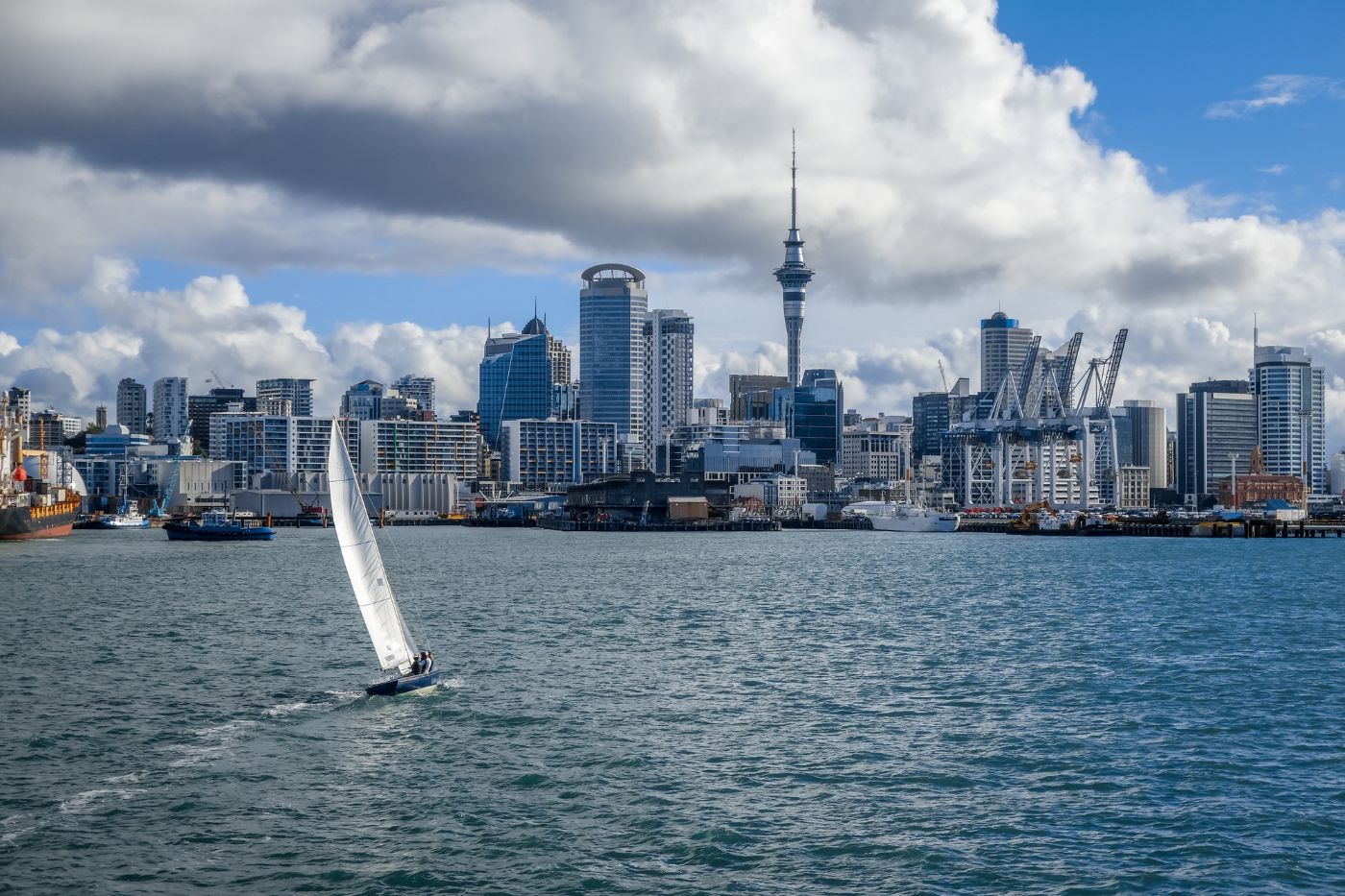
North Island Approaches
Coming from Australia, Opua is the first port of entry you will reach after you round Cape Reinga. The customs and immigration officials in Opua are used to foreign yacht arrivals, and there's an office right in the Bay of Islands Marina to clear you in. Once you've cleared in, you can get to grocery stores and shopping in nearby Paihia or Russell to replenish your stores. The Bay of Islands is a beautiful cruising ground, and many opt to pass some time there before moving south.
Whangarei is another fifty miles or so past Cape Brett (the edge of the Bay of Islands) and you come in to the Marsden Cove Marina just past the mouth of the Hatea river for the quarantine dock. Whangarei is a bigger town than the village of Opua with many marine services, grocery stores and other services, but the main marina in town is about eleven miles up the river and past a swing bridge.
Deep draft vessels can get to the Town Basin with no trouble at high tide, but the tides can make short trips and excursions problematic for bigger boats. Most boats that come in stay awhile, and there's a vibrant community of cruisers and sailors in season.
Another seventy miles past Whangarei will take you to Auckland, the largest city in New Zealand (but not the capitol) and a major maritime center. Since it's a fair sail past the Bay of Islands it's not the most practical port of first entry for yachts coming from Australia. But it's a major hub for services, and most parts you order up in Northland come out of Auckland anyway.
Tauranga is another port of entry which makes little sense for boats coming from Australia, as it's 150nm past Auckland. You can clear in there and it's a nice place to visit, but sailing halfway down the coast of New Zealand before clearing in isn't common. Sailing through the Cook Strait to come to Tauranga from the south is an even worse idea.
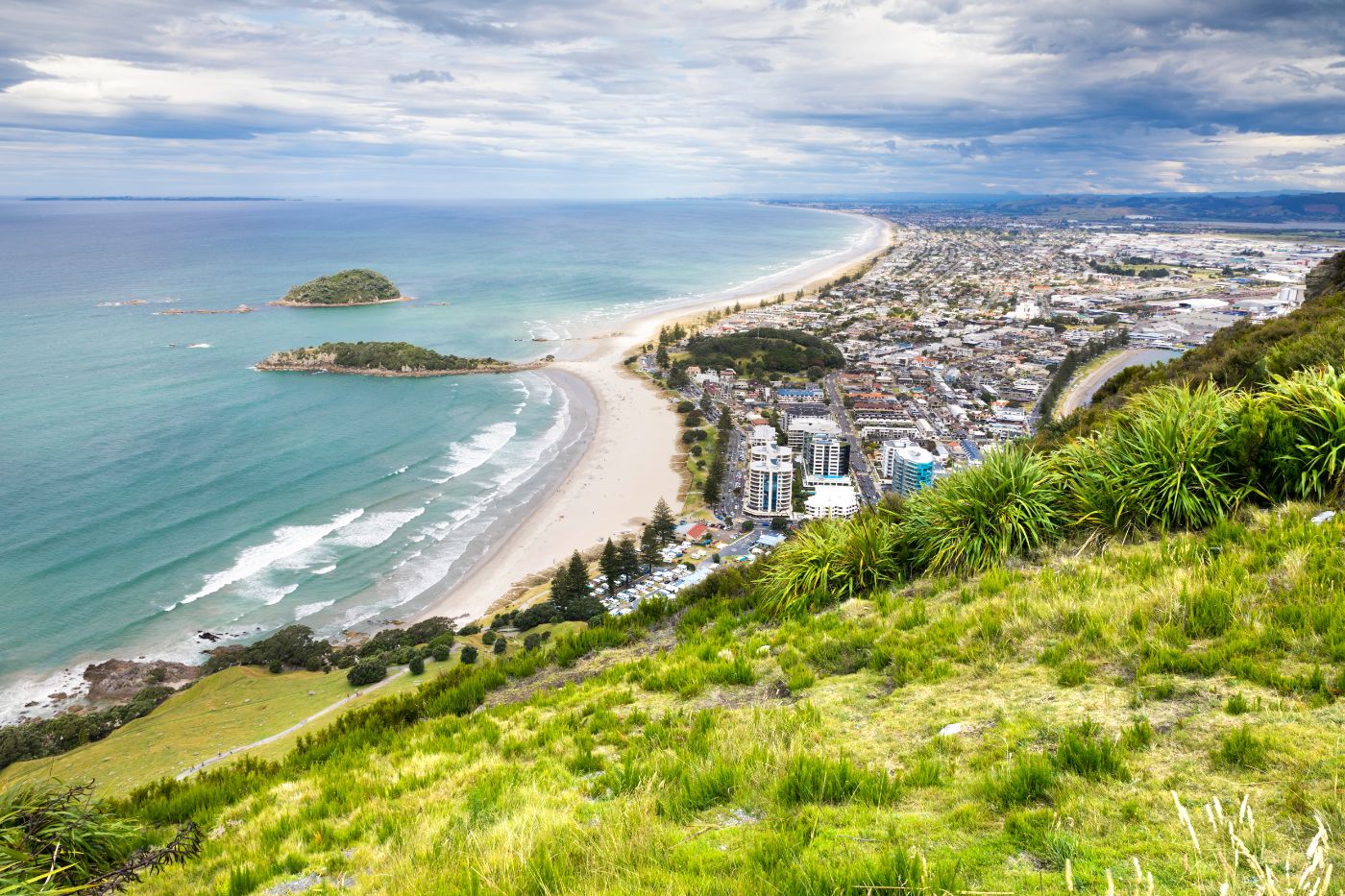
South Island Approaches
If you're coming into South Island, Picton is the most logical destination. Even though the port is "Picton", the customs dock is in Waikawa, the bay right before Picton as you sail through Queen Charlotte Sound. Customs and Immigration officials come from Nelson to clear you in at the Waikawa marina, so they like to know what time you plan to arrive if you can give it to them since they are not local.
There are no grocery stores near Waikawa Marina, though it has a lot of marines services and supplies. Waikawa is walking distance from Picton, and there is a marina in Picton which may have transient slips.
Although you can sail to Christchurch and clear in to Lyttleton, it's not common. It adds almost 200 miles to the trip and requires you to sail through the Cook Strait, which can have strong currents and is a challenging sail if you don't time it well with the tides and wind. If you intend to sail to Christchurch, it is still easier to clear into Picton then time your later departure for Christchurch with the weather and tides.
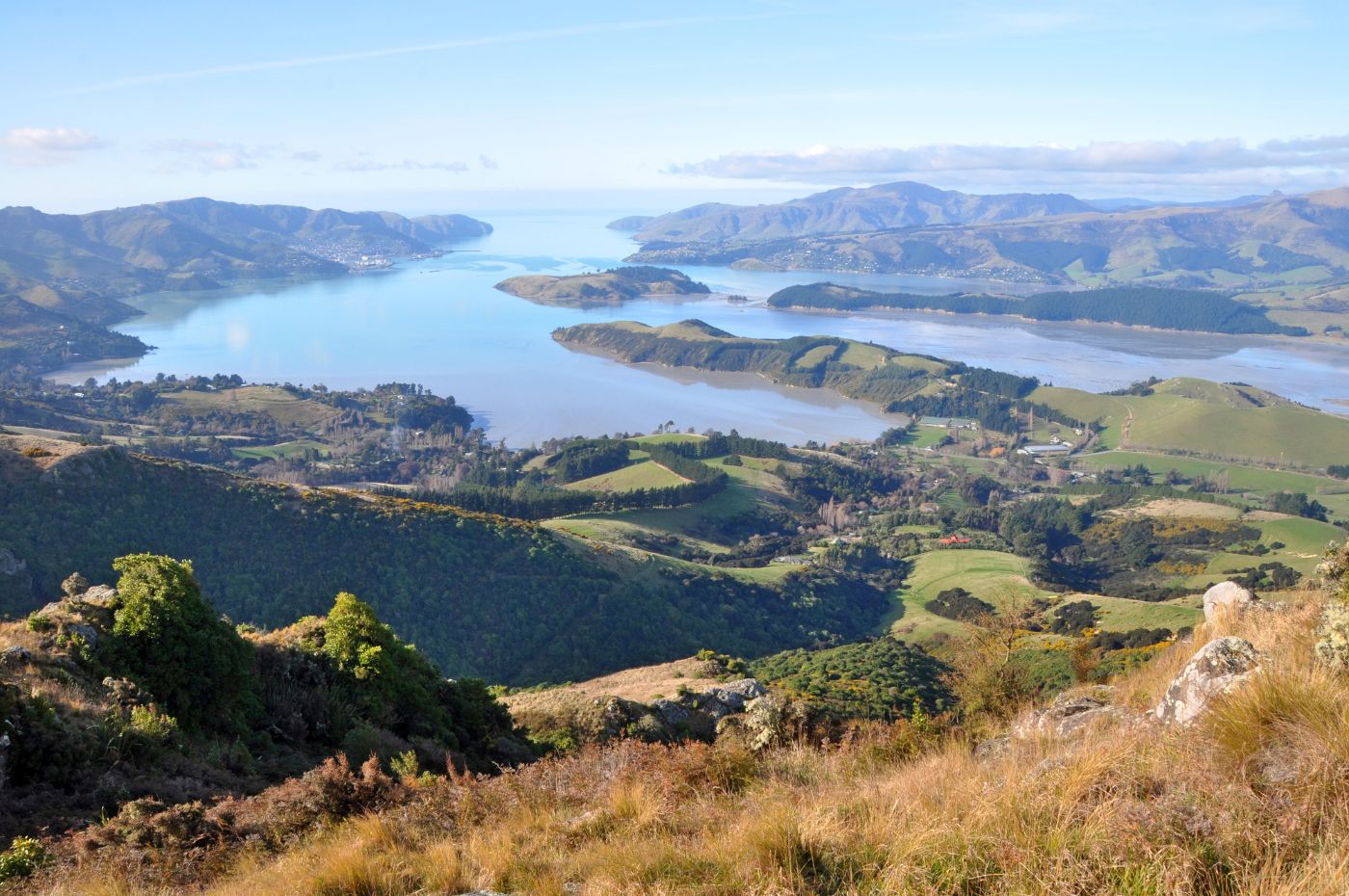
What are the Best Routes?
From Queensland, you can clear out of Brisbane or from the Gold Coast for the 1,500 nm trip to Opua. Either location has good access to provisions and supplies for the trip. Along the way, you may wish to stop over at Lord Howe Island, about 400nm along the way. You will need prior permission to stop there and should seek it before you leave, but it does provide a stopping location to wait for better weather if you need it.
From New South Wales, you can clear out of a number of ports on the east coast. Sydney is quite popular because of the wealth of services available before departure. From New South Wales, you can sail for Opua or Picton, the distance is similar and you may prefer one for weather or because of where you wish to visit. We sailed from Sydney to Picton because we'd already visited the Bay of Islands twice and wanted to spend time in South Island, and we had business in Wellington with an embassy there.
Tasmania to Picton is a popular route as well. It's the only route where you have to sail a little north to get to your destination.
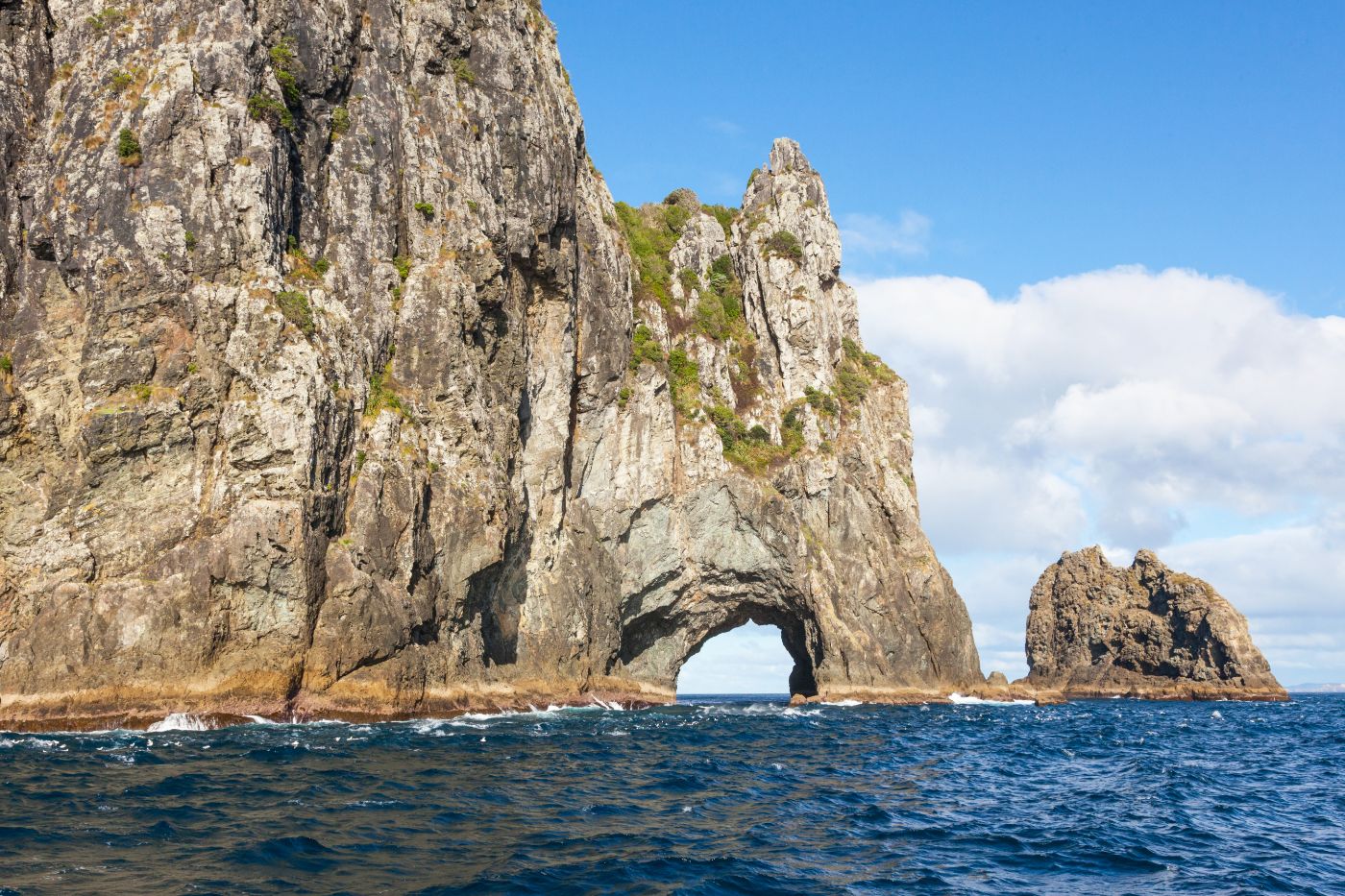
When is the Best Time to Sail?
The Tasman Sea can be sailed year-round, but the best and safest time to sail between Australia and New Zealand is the middle of summer, from November to March. Winds will be lightest in December and January. You will have fewer westerly winds in the summer and more unfortunate easterlies, and you may meet light conditions. Experienced sailors will often leave on the tail of a low pressure system to get favorable winds as conditions settle.
The southern summer is also the cyclone season, though cyclones rarely reach far south into the Tasman. Do pay them mind and watch their tracks whenever there are storms further north. Even storms far to the north can affect wave heights on your trip. Our passage from Sydney to Picton was delayed almost two weeks when our weather routing suddenly showed a cyclone dropping across our path on the last days of the trip. Even when it's route turned away from a direct strike on us, the wave heights were dangerous for a week or more after the storm.
Winter sailing on the Tasman is rougher, and not recommended for less experienced sailors. There are more favorable westerly winds, but those are coming from the roaring forties and are often stronger and accompanied by larger waves and rough conditions. While you can encounter rough conditions any time of year on the Tasman Sea, the odds of them are much higher in the winter months even without the risk of cyclones.
The Tasman Sea can be pretty rough
It has one of the highest recorded wave heights in the world. But with some precaution, it should allow for smooth sailing.
Read all about the Tasman Sea
How Long Will it Take?
The answer depends on your boat, your route, and the conditions you happen to get. With route choices from 1,200 to 1,500 miles, use your boat's planning speed to estimate the time in ideal conditions.
On our boat, we plan on an average speed of seven knots, or 168 miles per day, though we can exceed this. We estimated our passage time to be a little over seven days for Sydney to Picton. It ended up taking nine days because we hit several days of very light air early in the trip, where we motor-sailed slowly to conserve fuel. Our forecasts didn't show the wind returning for days and we wanted to have a safety margin.
Expect at least a week unless you are on a faster boat, and as much as two weeks if you are not.
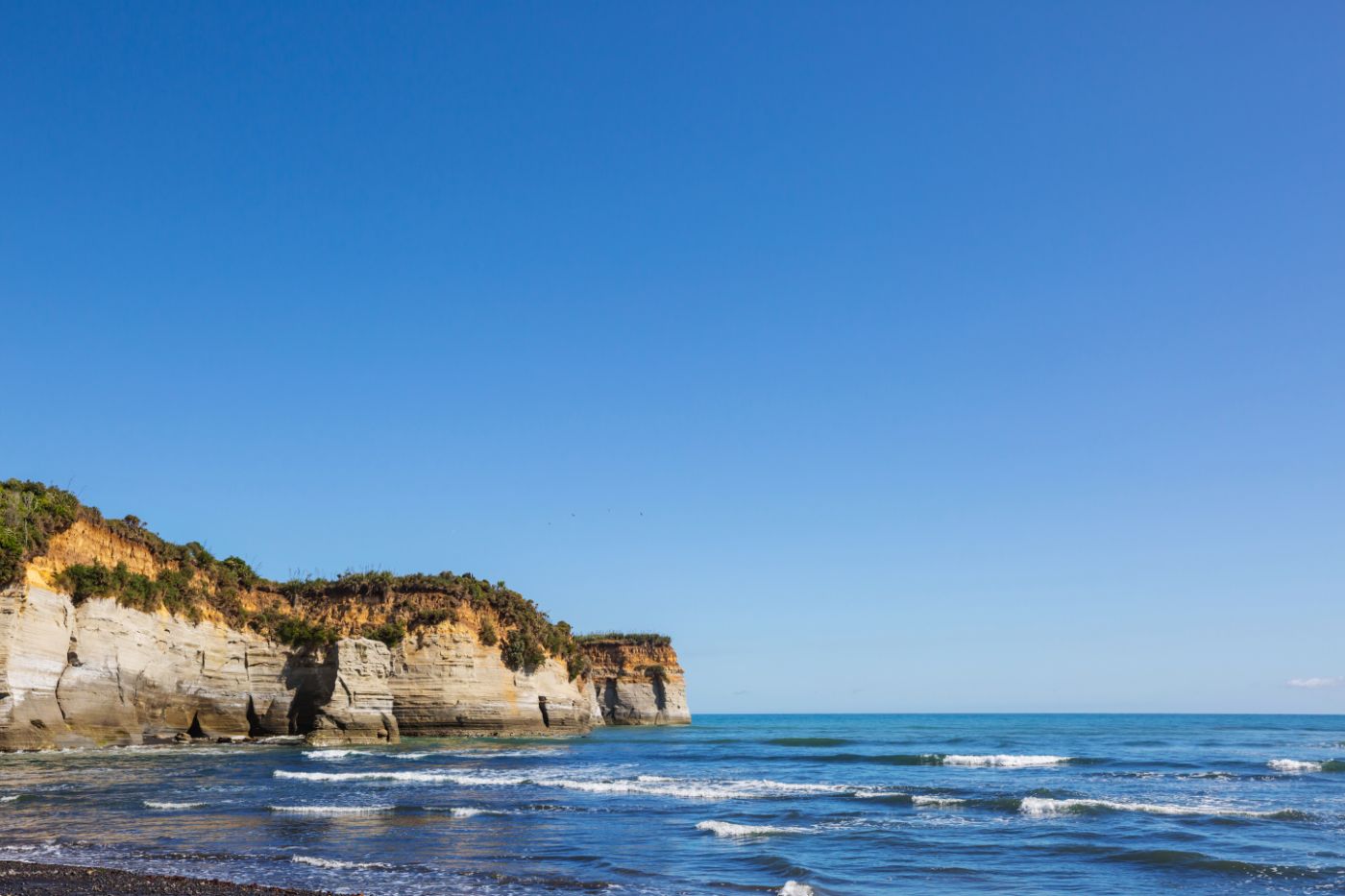
What Should You Expect from this Passage?
Conditions on the Tasman can be very variable, and you should prepare yourself with the best weather forecasts you can. We used Predict Wind Professional for weather routing along with weather models and GRIBs downloaded on a daily basis. Even the best predictions changed a fair amount over the course of the passage.
Professional weather routers based in Australia or New Zealand offer weather and route predictions and routing if you want professional help. You'll need a way to communicate with them from offshore if you want updates, but they can also give you routing before you leave if you don't have a sat phone or offshore e-mail.
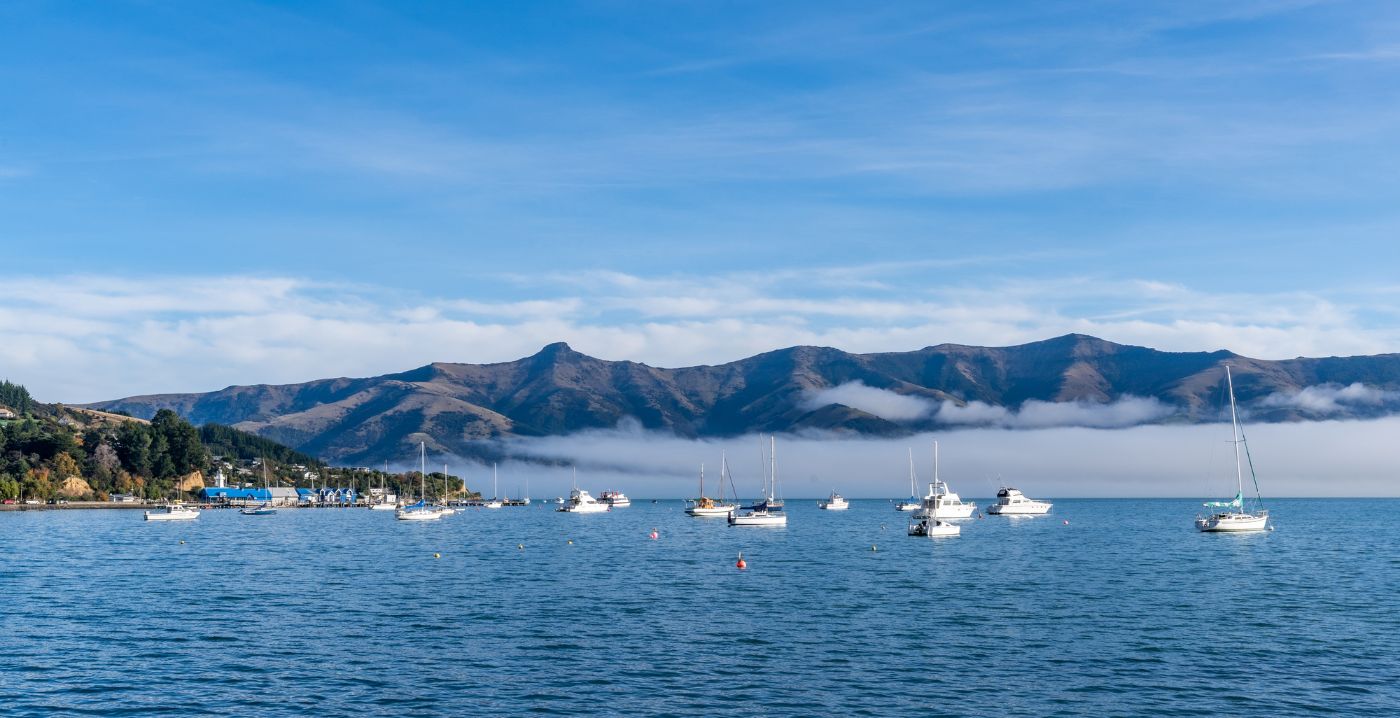
The coast of New Zealand is known for wind, and as we approached it built from days of slow motoring to breezes in the 40s with occasional gusts over fifty. With steep chop with the wind, we had to disengage the autopilot and hand steer as we approached the coast - my author profile picture was taken on that day about forty miles from Cape Farewell off South Island's northwest tip. This heavy air was on a cloudless day with no bad weather, but we'd expected it from our weather routes so we just reefed early and enjoyed the fast ride!
We had great luck fishing across the Tasman, and had a lot of fresh caught albacore for dinner on the way and arrived with quite a bit in the freezer. Along the way we saw albatross and other birds. Whales and dolphin are not uncommon.
Offshore Temperature
New South Wales in the summer is pretty warm, and you'll probably be wearing shorts and a t-shirt when you clear out of Sydney. But keep some layers handy, because the offshore in the Tasman can be cool, especially at night. The sun in the daytime can be strong and warm, but New Zealand is a cooler place than Australia and you will feel it as you get closer.
We like to make a thermos full of hot water before night watch for tea, coffee and hot chocolate to keep watch standers warm and alert.
New Zealand Rules
New Zealand takes great care to protect it's people, it's environment, and it's economy. They are friendly, welcoming, and polite, but biosecurity is very thorough, and regulations require a full bottom cleaning within thirty days of departing for New Zealand. If your bottom is too dirty, you will be required to haul out and have it pressure washed (at your expense) before you are allowed to proceed in New Zealand waters.
They will also be quite careful about what foods you may bring in the country, so expect that many of your provisions may be taken for disposal on arrival. New Zealand's economy depends on agriculture, so they are vigilant about anything which may introduce foreign pests, be it plant or animals. Anything with seeds or which could sprout, and most unpreserved or uncooked meats are on the proscribed list, so be prepared.
Biosecurity doesn't often take canned goods or most dried foods, which are a good standby if your remaining fresh stuff is taken and you can't get to a store right away. But you can keep any fish you catch on your passage, so keep a line out!
Consult Noonsite's New Zealand page for more more details of the clearance procedure and biosecurity rules.
Preparing for the Trip
Crossing the Tasman Sea is a serious bluewater undertaking, and not to be entered into lightly. Like any offshore passage, you should have your boat fully prepared with safety and communications equipment to keep you and your crew well and out of trouble.
A few tips:
- Take as much fuel as you can. Fill your tanks, and strap on jerrycans if you can. When we saw a forecast for several days without wind we had to watch every gallon.
- Make sure your life raft, EPIRB, and other rescue gear is inspected, tested and up to date. Although it's between two seafaring nations, halfway across the Tasman you'll be out of range of land based rescue, so be prepared.
- Plan for the worst case on provisions and water. Losing a few pounds of meat and a few onions and eggs to the bio-security inspector is better than being a day or two short on food if the trip is slow!
- Get the best weather information you can. Forecasts can change quickly, and you don't have solid trade winds to rely on.
- If you like fresh fish, plan to tow a line! We use a pair of hand lines and had great results.
- Take pictures and make memories. With some planning and care, it should be a lovely sail.
Did you find the answer to your specific question?
👍 36 👎 1
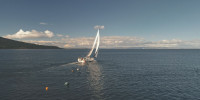


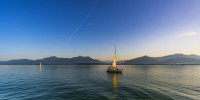
Comments
Gabby
I want to schedule an Australia & New Zealand cruise in January or early February of 2023. Unfortunately, I often get sea sick on cruise ships, even when seas are considered moderately choppy. Based on this, I always try to take steps to reduce the chance of encountering rough seas.
I have the option of selecting a cruise that sails from Sydney to Milford Sound NZ, or from Milford Sound to Sydney. Would one of these options reduce the chance of rough seas?
LEWIS
Greetings. Would love to sail between AUS / NZ please. I currently live in SYDNEY with family in the SOUTH ISLAND that I want to visit.
Writing here to find nice people that can help make this dream a reality!!
I am a happy and healthy 29yr male who is capable of almost anything. This will be my first ocean voyage and very excited for the experience. Flexible with dates, ports, ect…
Please contact me - lewis.pilgrim@outlook.com
Hi
Hi everyone greetings from Chile, I am Daniel and plan to sail from NZ to Australia with some family (4 pple) during 2024, this is a major challenge for us and that’s why I am looking for an experienced skipper with the proper boat. My plan is plane flight from Santiago to NZ and sailing from NZ to Sydney or gold coast. If you have any comments feel free to share them. Ty
Leave a comment